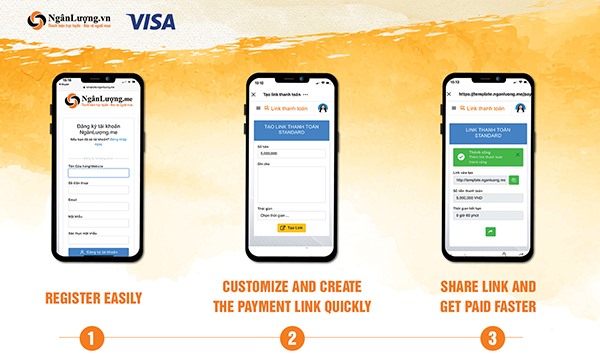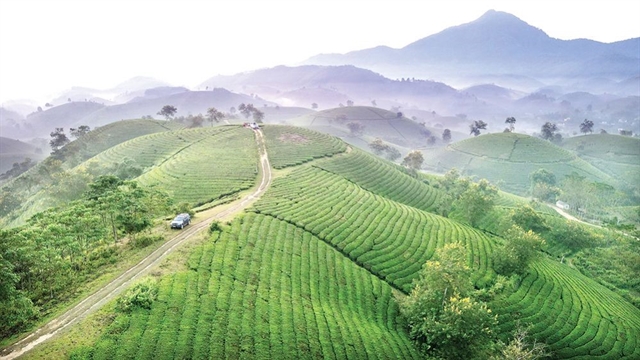

Insights from Indochina
Capital consultants
Successfully developing a hospitality project into one of the top-of-mind properties in a up-and-coming destination is the dream for any developer looking to explore beyond already popular and saturated locations. Identifying the next “major” city by studying decade-long trends and patterns is the first hurdle.
Next, the developer must build relationships with local authorities, ensuring that the best possible site is under consideration. Beyond the concept, implementing sustainable tourism practices will be essential for the project to achieve longevity in operation, as well as local, regional and ultimately worldwide recognition.

|
Below are a few key elements developers should incorporate in their project if they are looking to build a landmark in a new holiday destination.
Landscape and design
Architecture and design of a real estate project must consider the relation between visitor numbers, their changing needs and wants, existing tourism products and natural and cultural resources. Developers must study the landscape and master planning for the entire province/region before finalising their architecture and landscaping to ensure their project remains efficient for usage, is aesthetically appealing and flexible to changes in brand standards for the next 3-5 decades.
The development of large-scale hospitality projects in coastal destinations is sometimes associated with struggles to prevent the destination from spoiling what made them unique and special, with ‘overdevelopment’ or little attention paid to sustainability during the design and construction stage.
Effective visualisation and modelling of tourism development, from the early stages when the destination is beginning to attract visitors to when regular visitor flows are established, will help developers focus on long-term, multi-purpose, and efficiency, while remaining authentic in their product offering.
Maintaining a sense of the locality in each property’s design, crafting a unique story with design, incorporating flexible, multi-purpose spaces are design strategies to consider for the long-term.
Connectivity for visitor flows
When planning for a holiday, most travellers tend to pick destinations with direct routes from their home airport and with good connectivity to other nearby cities if they wish to stay mobile during their travels. Infrastructure development is key to tourism development, especially for destinations at the discovery stage.
Developers should work together, initialising partnerships between them and the local government for the planning and funding of infrastructure projects in the province, especially for air transport and highway development.
Include facilities for golf, sports and leisure
Based on previous hospitality development and development advisory experience from Indochina Capital in the past two decades, resorts with golf facilities in Việt Nam manage to attract more international and local visitors. Though domestic travel has ample potential for growth, it is key for a large-scale hospitality property looking to emerge as a new destination on the global tourism map to attract wealthier international travellers, as foreigners spend a lot more when they are on holiday.
If developed and marketed appropriately, golfing can be a very profitable niche tourism product, increasing revenues, contributing to maintain occupancy, and boosting purchases of branded residential products within the project.
Golf has proven its ability to attract foreign travellers, especially northern European tourists where golf is very popular. The sport’s popularity has also shown the ability to flatten the seasonality of touristic demand at coastal holiday destinations.
Think about F&B and MICE
Often, destinations at discovery stage lack quality F&B products and MICE facilities. Being the first or the only resort with an international standard F&B offering can help boost brand recognition and set the property as the top-of-mind destination for the region.
Developing F&B experiences unique in value proposition, working in unison with the identity of the entire property, with a menu that offers exposure to the local culture, terroir and culinary practices will help drive profit for the property.
During the pandemic, F&B helped hotels maintain income and survive with contributions up to 60-70 per cent of total revenue in some market segments, proving the importance of well-thought-out food concepts in terms of the property’s survivability in the year prior to stabilisation. n




